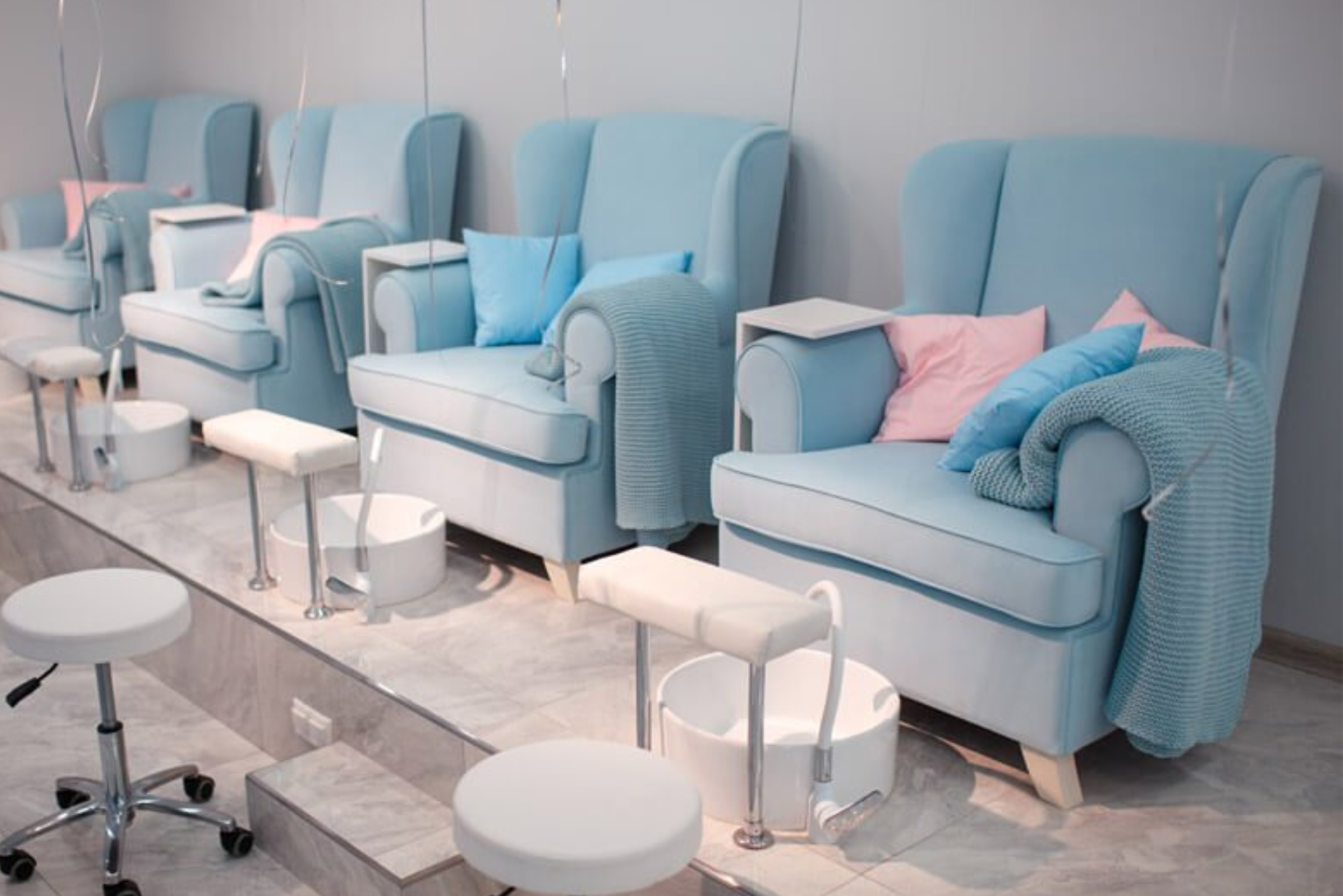When people imagine casinos, they often think about the bright lights of Las Vegas, the opulent interiors of Monte Carlo, or the sleek design of Macau’s mega-resorts. While these spaces are certainly glamorous, their architecture is not just about aesthetics. The design of a casino — from floor layouts to lighting and even ceiling height — plays a subtle but powerful role in shaping player behavior.
Casinos are carefully crafted environments designed to maximize engagement, encourage longer stays, and, ultimately, influence how much money players spend. Over the years, I’ve noticed that even seemingly small details like where restrooms are located or how carpets are patterned can have measurable effects on visitor psychology. This raises an important question: can casino architecture really impact spending? The answer is yes — and the reasons why are fascinating.
The Maze-Like Layouts
One of the most distinctive features of casino architecture is the maze-like floor plan. Unlike shopping malls or airports, which are designed to help people find exits easily, casinos often make it difficult for visitors to locate doors or even main walkways.
This is not accidental. By creating winding paths filled with machines and tables, casinos increase the chances that players will stumble upon a game that catches their eye. Studies in environmental psychology suggest that when people feel “lost in the flow” of a space, they are more likely to linger, and lingering often leads to spending.
These layouts also ensure that essential facilities like bathrooms or restaurants are located deeper within the gaming floor. To get there, you have to pass countless opportunities to play, and many people can’t resist stopping for “just one more spin” along the way.
Lighting, Sound, and Atmosphere
The sensory environment of a casino is equally deliberate. Lighting is usually soft yet colorful, designed to create a sense of excitement without overwhelming the eyes. Slot machines flash, but the overhead lighting tends to avoid harsh contrasts, which keeps players comfortable and alert.
Music is another subtle tool. Casinos often play upbeat but unobtrusive background music, designed to keep energy levels high and minimize feelings of fatigue. Combined with the constant ringing of slots and the buzz of conversations, the result is an atmosphere where time seems to dissolve.
Even the absence of natural light or clocks is intentional. Without external cues to signal how much time has passed, players are more likely to stay longer, which naturally increases overall spending.
Linking Psychology and Spending Behavior
Casino design is grounded in behavioral psychology. Architects and designers work hand in hand with operators to craft spaces that tap into human tendencies. For instance, curved pathways encourage exploration, while intimate table layouts foster social interaction, which can prolong engagement.
This design psychology has spilled over into digital environments as well. Online platforms often mirror real-world casinos by using vibrant graphics, celebratory sounds, and immersive layouts to replicate the feeling of being on a gaming floor. Interestingly, the rise of digital gambling — from mainstream sites to no kyc crypto casinos — shows that the same psychological principles of engagement are effective across both physical and online spaces. Even without a physical building, design choices influence how long players stay and how much they wager.
The Role of Comfort and Amenities
Casinos are not just gaming halls; they are full-fledged entertainment complexes. Comfortable seating, free drinks, air conditioning, and luxury interiors are all carefully planned to make the environment welcoming. The goal is to reduce discomfort so that nothing distracts players from gaming.
For example, slot machines are ergonomically designed to allow players to sit comfortably for extended periods. Restaurants and lounges are placed within the complex, but usually in such a way that players remain exposed to gaming opportunities even while taking a break. Amenities like theaters, spas, and hotel rooms are also built to keep visitors on-site for longer stays, giving them more chances to return to the casino floor.
Cultural Differences in Design
Not all casino designs are identical; they often reflect local culture and expectations. Las Vegas casinos embrace over-the-top themes, from Egyptian pyramids to Venetian canals, as part of their appeal. Macau casinos, on the other hand, tend to emphasize luxury and status, catering to high rollers who value exclusivity.
These cultural cues shape not just who visits but how much they spend. For instance, VIP rooms in Macau are designed to offer privacy and prestige, encouraging wealthier patrons to wager more. Meanwhile, the open, carnival-like layouts in Las Vegas attract a broader audience, encouraging volume play across the masses.
The Science of Flow and Immersion
Architects often talk about creating a state of “flow” in casinos. This psychological concept refers to the feeling of being fully absorbed in an activity. When players are immersed in the sights, sounds, and social energy of the casino, they lose track of time and money.
Design elements such as circular layouts, continuous movement paths, and interactive displays help sustain this immersive experience. The result is a space where people feel compelled to keep playing, not because they are forced to, but because the environment subtly nudges them toward continued engagement.
The Future of Casino Design
With the rise of digital technology, the future of casino architecture is likely to be even more integrated with interactive experiences. Augmented reality (AR) and virtual reality (VR) are already being tested to create hybrid gaming spaces that combine the thrill of real-world casinos with the flexibility of digital environments.
At the same time, sustainability and wellness are becoming priorities. Some modern casino resorts are focusing on natural light, eco-friendly construction, and wellness amenities, recognizing that today’s players value health and social responsibility as much as entertainment.
Still, the core principle remains the same: design influences behavior. Whether through subtle lighting choices, immersive soundscapes, or digital innovations, casinos will continue to use architecture as a tool to shape how players interact with their environments — and how much they spend.
Conclusion
Casino architecture is much more than a backdrop for gambling; it’s an active participant in the gaming experience. From maze-like layouts to sensory manipulation, every design choice is calculated to maximize time spent on the floor and encourage higher spending.
The fascinating part is that these principles don’t stop at physical buildings. Online casinos have adopted the same strategies, proving that whether players are in a lavish resort or exploring digital platforms, architecture and design continue to guide their behavior.
So, the next time you walk into a casino — or log into a digital one — take a moment to notice the details around you. Chances are, every element has been designed with one goal in mind: to keep you engaged and playing just a little bit longer.









